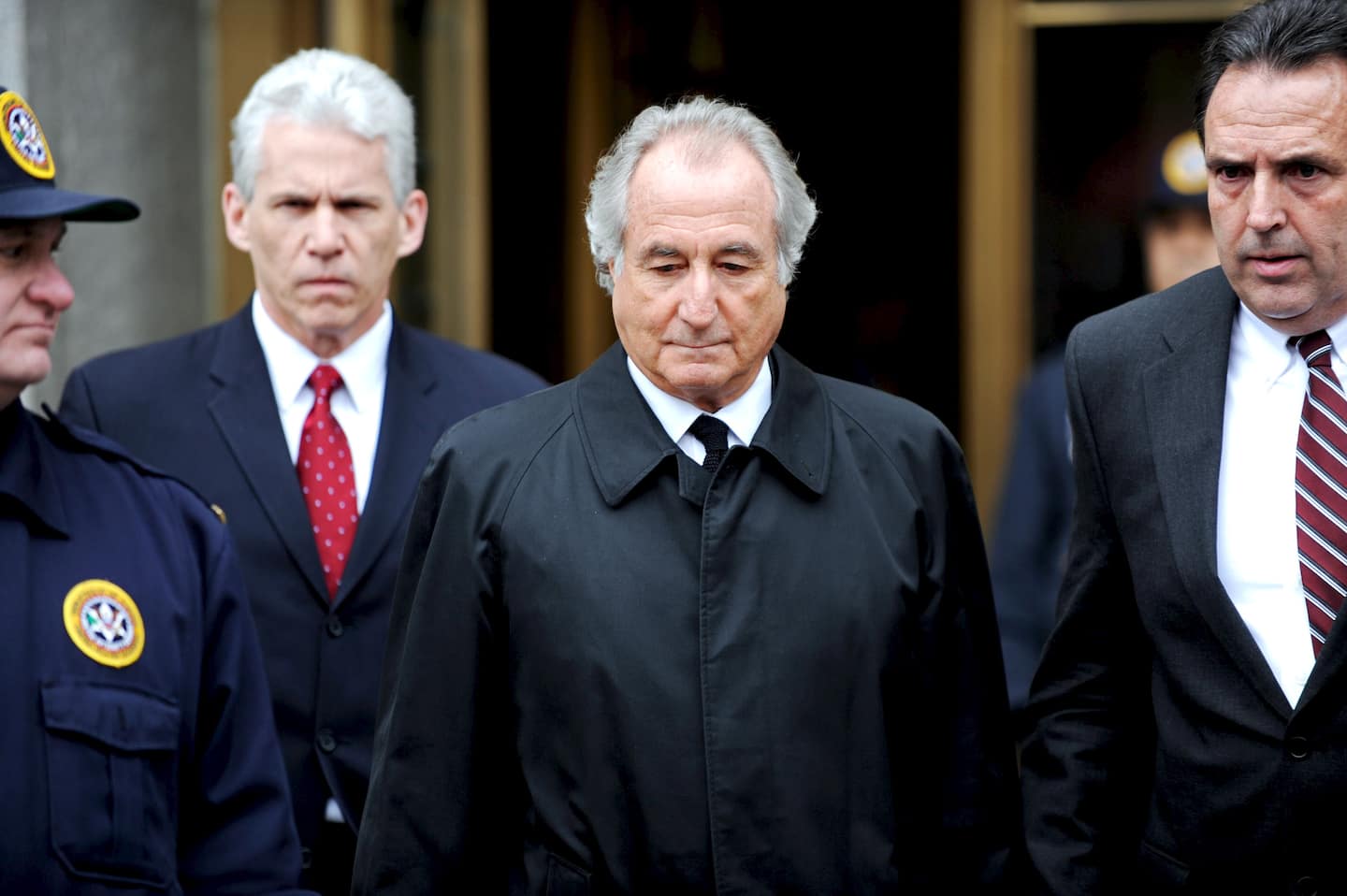Bernie Madoff’s downfall left behind a surprising legacy

Permit me a moment of skepticism. The idea that investors could be this savvy seems fantastical now in part because of Madoff’s spectacular success — and downfall.
Madoff, who died Wednesday at age 82, spent the final 11 years of his life in prison for orchestrating one of the largest investment frauds of all time. Victims included individuals he met through Florida and New York country clubs, Hollywood stars, Holocaust survivors, university endowments and hedge funds. In other words, it wasn’t just the naive who gave money to Madoff. A lot of people who should have known better — including more than a few financial pros — fell for Madoff’s shtick, too.
How could this happen? Well, it helps to recall that from the early 1980s, when the great bull market of the 20th century began, to the inklings of the financial crisis in 2007, the idea that a smart money manager could help workaday investors churn out steady gains was common currency. Financial media promoted the concept. Investing in the stock market via a 401(k) was likened to “The Little Engine That Could” by Money magazine, for example, while ads for financial services firms pitched investing as an all-but-sure bet to help with expenses such as homebuying or “your only daughter’s 300-plate wedding reception.”
The contours of Madoff’s scheme, which experts have variously dated to the 1970s, 1980s and 1990s, were a classic Ponzi scam. Madoff paid “gains” to older investors with money coming in from newer ones. His ploy lasted until the financial crisis in 2008, when many people wanted out and few wanted in. Madoff confessed to his two sons — who worked for his firm but have publicly maintained that they had no idea what their dad was up to — and they turned him in to authorities.
The fall was swift and brutal: Victim losses were estimated at $20 billion in original investments and $65 billion in recorded paper wealth. After he went to jail, Madoff dismissed the people who fell for his scam as “greedy,” but his rationalization was the opposite of the truth. In contrast to most Ponzi schemes, people weren’t looking to Madoff to help them get rich quick. Individuals and businesses flocked to Madoff not because they were hungry for better-than-average stock market gains but because his touted annual gains — steady but not eye-popping — offered security they couldn’t find elsewhere.
One could think of Madoff as an evil twin of John Bogle, the Vanguard Group founder. Both men sensed that typical investors weren’t looking to score the Next Big Thing (today’s Amazon or Apple), but that they didn’t want their investments to keep them awake at night, fearful they would or could lose it all. Bogle met demand the honest way, founding Vanguard in 1974 and demonstrating that there was a way to keep up with the Dow Joneses — win, lose or draw — by putting money in an index fund that would passively imitate a stock market measurement. Madoff, by contrast, chose fraud.
I’ve long been convinced that there is a link between the end of Madoff’s scheme and the overwhelming popularity of index-fund investing in the aftermath of the financial crisis. It’s not simply that, as the Wall Street Journal theorized, people realized pricey money managers hadn’t seen what was coming. Nor was it merely that the regulators’ cursory investigations into Madoff’s fund left many dubious of all sorts of investments (and the officials tasked with overseeing them). Instead, Madoff demonstrated the lie that almost any savvy individual investor could produce steady gains in a way that nothing else could. By destroying the retirements and dreams of so many, he inadvertently performed a much-needed service.
Read more:






